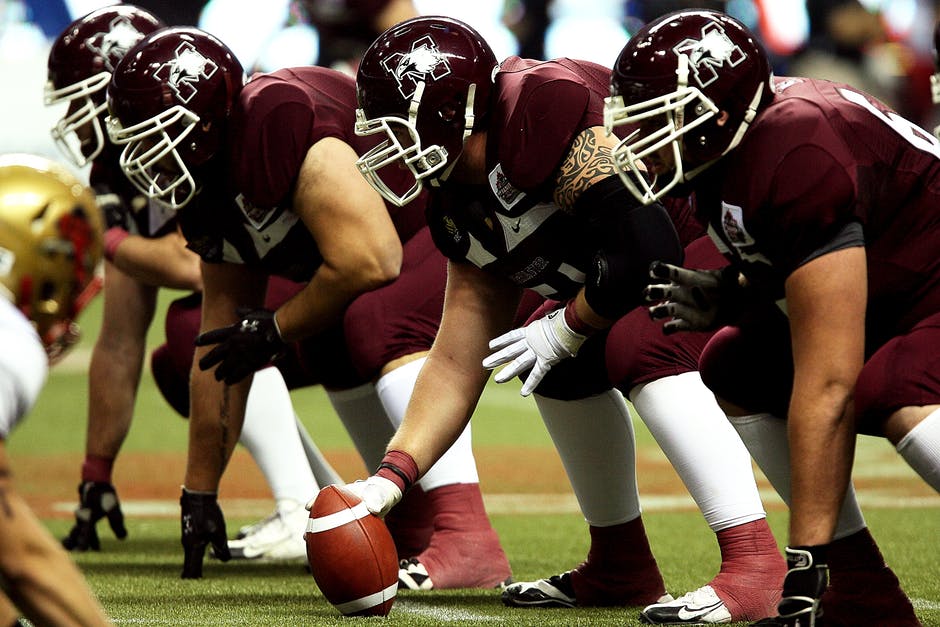In the last post on metabolic conditioning (see http://wp.me/p1XfMm-cV), we introduced the concept. We discussed the fact that conditioning is not speed endurance and that it is a fairly general quality (using classic periodization language). In this post, we’re going to discuss the challenges with making conditioning sport-specific.
Making conditioning sport-specific has challenges. I’d like to make several points with this:
• It’s easy to drown in useless data.
• Conditioning can be too much of a good thing.
• What situation are you conditioning the athlete for?
• Why is average good enough?
• Beware the research.
It’s easy to drown in data.
Today a coach has access to almost more information than they can use. You can track heart rates, sleep patterns, heart rate variability, use GPS technology to track velocity, not to mention all the testing that you can run. What’s not clear is how much of this you can (and should) act upon. Shawn Windle, strength and conditioning coach for the Pacers, has a great blog discussing heart rate variability training and professional basketball players. You can access it here: http://shawnwindle.wordpress.com/2014/03/05/my-fear-in-using-hrv/ . It’s worth a read to show you some of the challenges with coaching and all the technology.
Conditioning can be too much of a good thing.
Metabolic conditioning workouts sound like a great idea for athletes. However, they have to be balanced out against all the other things that the athlete is currently doing. Athletes are lifting weights, performing speed workouts, training agility, performing plyometrics, practicing their sport, and competing in their sport. Adding conditioning workouts on top of all that can be a recipe for an overuse injury.
For example, a basketball player is probably going to be lifting weights three to four times a week. Those workouts are going to be total body, but there is going to be a great deal of lower body emphasis for obvious reasons. Figure squats, one-legged work, hip extension exercises, and variations of the Olympic lifts. They will do plyometrics either as part of the strength training or in sessions that are independent of that. They will run speed and agility drills, probably on the hardwood court. They will practice a great deal each week in addition to competing in several games over the course of a week.
Given the nature of the sport of basketball and the desire to address sport specificity, a logical conditioning workout is going to be to focus on sprints, on the hardwood court, with durations and rest intervals similar to what is seen in a game. However, adding that on top of everything else might be the catalyst for shin injuries, ankle problems, or patellar tendon inflammation. So this is something that has to be carefully thought out, planned for, and introduced.
What situation are you conditioning the athlete for?
Today there is a lot of data available at a coach’s fingertips about how athletes experience their sport. There is information on distances covered during the game, velocities and distances at each velocity, heart rate during the game, amount of time spent at work and at rest, etc. There are offensive possessions, defensive situations, starters, bench players, role players, plays that are outliers (longer or shorter, more intense or less intense), and all of this is important. So, when designing a conditioning program, what situation is the athlete being prepared for?
Why is average good enough?
When designing conditioning programs, we typically use averages. For example, the average play lasts twenty seconds and has sixty seconds of recovery. Or we’ll use something like the table below.
| Movement Type | Distance Covered | Percentage of Time |
| StandingWalkingJoggingSprintingShuffling | N/A200 meters200 meters80 meters30 meters | 30%30%20%10%10% |
Obviously these are made up, but it serves as an example of how a conditioning program can be done. Based upon an analysis of how the athlete experiences the game and what kind of movement patterns they use, we can put together a conditioning program that address it.
Here’s the problem with all this, it addresses the averages. On average, a play lasts x amount of time. On average, an athlete sprints at x velocity for y number of meters and this represents z percentage of the game. This is the only example in strength and conditioning where we train the athletes to be average.
Who said that how the athlete experiences the game is the optimal way for them to do it? What if they sprinted faster for more distance or for a greater percentage of the game? What if they did it less? Would their performance be better? Should we condition them for the average or for what is best? Food for thought.
Beware the research.
The research provides suggestions about how to proceed with something like conditioning, but the research doesn’t work with your athletes in your situation. For example, a study that researches NFL football does not necessarily apply to a high school team. There are a lot of studies on basketball and soccer matches that are geared towards a specific level of athlete or a specific nationality, all of this has to be kept in perspective.



